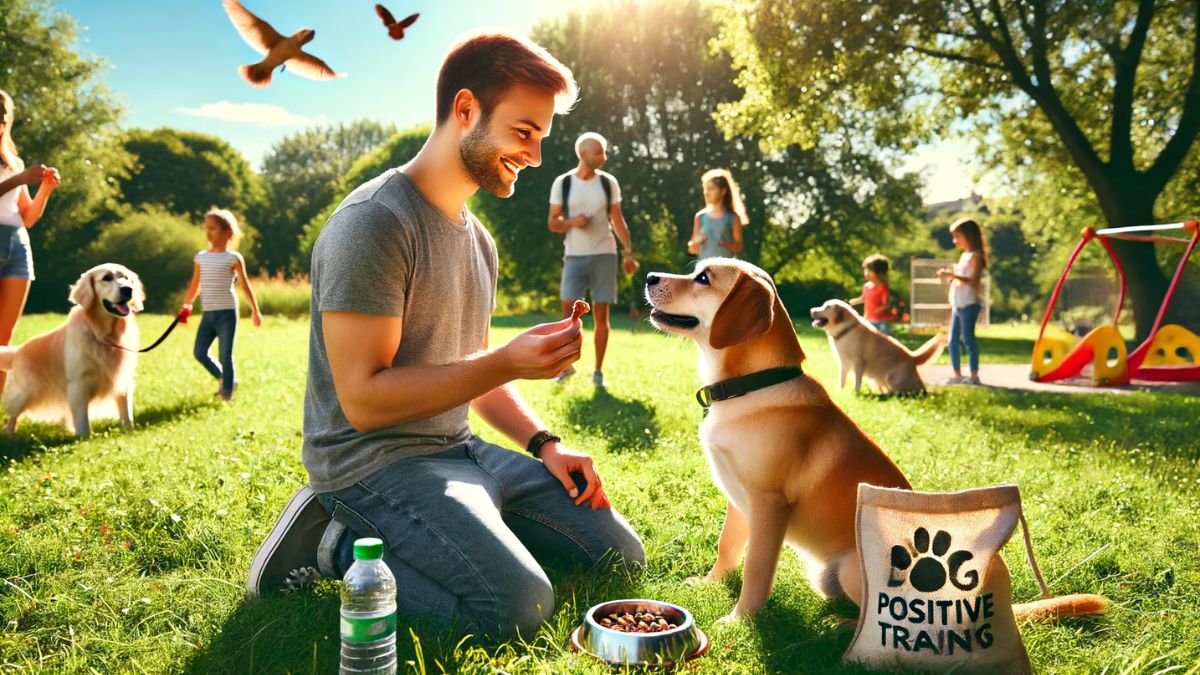Positive Dog Training & Behaviour Blog | Walkabout Canine Consulting
Unleashing your dogs potential, one concept at a time
The Power of Food in Postive Reinforcement Training for Dogs

The Power of Food in Positive Reinforcement Training for Dogs
The Basics of Positive Reinforcement
Positive reinforcement training is a highly effective method in animal training, and specifically dog training, teaching new behaviours and reinforcing good habits in our dogs. This approach involves rewarding your dog with something they find desirable each time they perform the desired behavior. Among the various types of rewards, food is one of the most powerful tools at your disposal. Our dog's food and treats can be used to capture your dog’s attention, motivate them to learn, and reinforce positive behaviours consistently.
The Role of Food in Teaching and Training
Food is an immediate and tangible reward that most dogs find highly motivating. It taps into their natural instincts and drives, making it an excellent choice for training sessions. When you use your dogs food and treats, you can quickly and clearly communicate to your dog what behaviour you’re looking for. This clarity helps speed up the learning process and makes training more enjoyable for both you and your dog.
High-Value Treats for High-Distraction Environments
In environments with minimal distractions, standard treats can work well. However, when distractions are high, it’s crucial to use high-value treats that your dog finds irresistible. High-value treats might include small pieces of cooked chicken, cheese, or commercial dog treats designed to be especially appealing. These treats can help keep your dog’s focus on you, even when there are other exciting things happening around them.
Beyond Treats: Building Engagement with Your Dog
While treats are a powerful tool, they are not the only component of successful training, especially in high-distraction environments. The ultimate goal is to build a strong, trusting relationship with your dog where they look to you for guidance and engagement, regardless of the distractions.
Watch for the next post to give you some strategies
Categories: : dog training, positive reinforcement, teaching dogs, the power of food in teaching dogs
 Sylvia Koczerzuk Koczerzuk
Sylvia Koczerzuk Koczerzuk 
